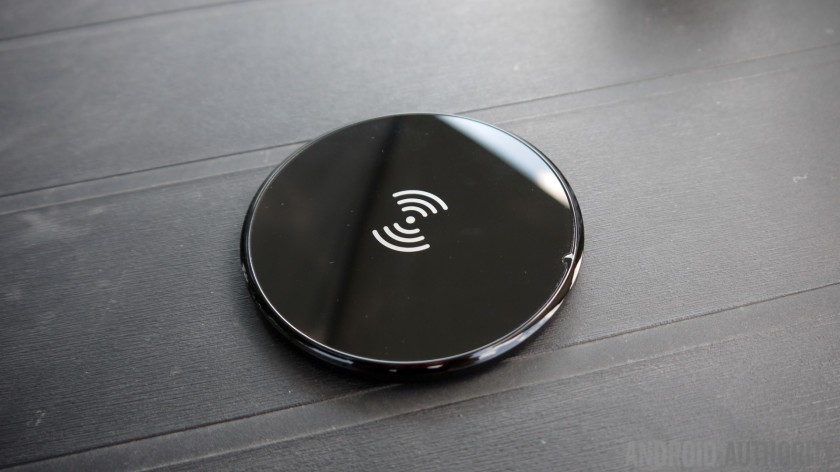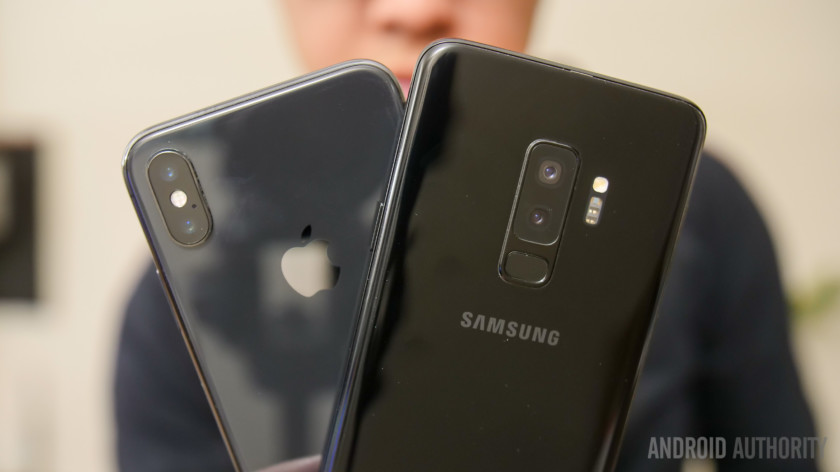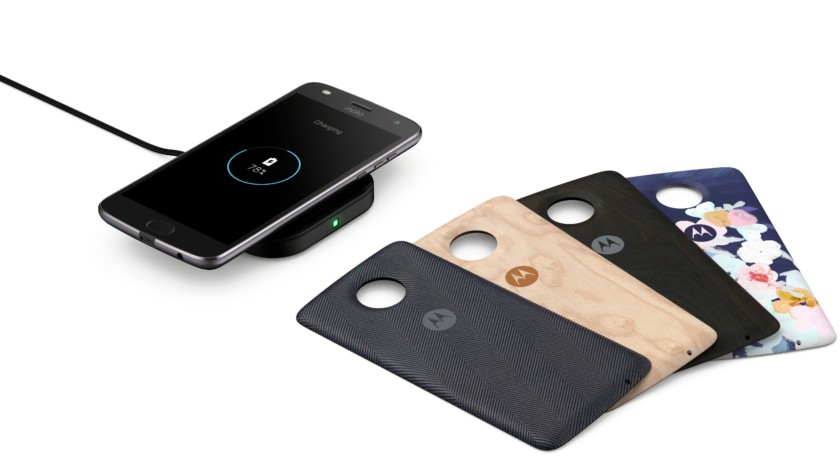Based on materials from androidauthority.com

Wireless charging has been a convenient alternative for phones and tablets for several days. Over the past few years, companies offering different standards have teamed up with car manufacturers, furniture manufacturers and even coffee shops to create a world where you can get power for your devices wirelessly at any time.
Despite this, the technology has experienced ups and downs in popularity, and it does not become a necessary condition for many buyers when choosing a device. But now that Apple and Samsung support a unified standard, maybe something will change?
Historically, the biggest problem with wireless charging has been the lack of a single standard. Qi, PMA and AirFuel had their pros and cons, and having such a zoo of competing standards made it difficult to invest in technology. For example, how can automakers choose their preferred standard, or how can a coffee shop not scare off adherents of standards other than its chosen one?
A partial solution to the problem looks to support multiple standards, which Samsung does in its flagships. But it is obviously expensive, which means it does not allow wireless charging to be cheap and ubiquitous.
The merger between Powermat (PMA & AirFuel) and the Wireless Power Consortium (Qi) earlier this year should overcome this situation. Most of the industry can be united by one technology standard. Powermat is now providing its WPC technology, and this partnership is expected to result in both Qi and PMA capable chargers in their latest Charging Spot 4.0. Moreover, the largest smartphone manufacturers are already applying the Qi standard, which is available in both Samsung Galaxy S series smartphones and iPhone 8, 8 Plus and iPhone X.

The presence of wireless charging in the iPhone 8 and iPhone X families has added approximately 70 million devices to the market with this technology. Combined with the millions of compatible Galaxy S and Galaxy Note devices already on the market, as well as other smartphone lines that add wireless charging, the technology's potential is greater than ever before.
However, wireless charging remains the domain of the flagship segment. Thanks to the expansion iPhone from the US in this market, the technology could gain a powerful boost, but the picture in the world as a whole is somewhat different. Other market leaders in countries like China do not sell top-end wireless charging devices. In reality, the number of flagships with this technology is still limited, and buyers of devices in the middle and budget segment are almost completely outside this market.
You can look at over 100 major smartphone releases over the past 5 years and see how active brands are using wireless charging technology.
The graph shows the rise and fall of the technology's popularity, from experimentation in 2014-2015 to a decline in 2016. This year has seen an upswing as more manufacturers want to add wireless charging support out of the box. If you include the upcoming Galaxy Note 9, LG V40 and iPhone this year, 2018 could be the best year for technology. And if you add an ever-expanding range of fast-charging devices, cases and accessories, you get a pretty optimistic picture.
Recall that sales Apple and Samsung account for the majority of the smartphone market. And thanks to these companies, wireless charging has gained a sizable user base regardless of what other manufacturers have done. For most companies, this could be another period for experimentation, or it could be a significant breakthrough for those pushing the technology.
But will wireless charging go mainstream?
Technology is now in a zombie state: it is not ubiquitous, but it is not dead either. For every buyer who has no idea about it, there is one who unconditionally believes in it.
Fortunately, the trends in the market are such that the number of devices with support for wireless charging is increasing. The rise in the number of glass-backed smartphones and the decline in metal devices are the main factors. Metal and wireless charging are not very friendly, although it is possible, and glass does not have such problems.
But, nevertheless, this technology is not included in the list of the main needs of the modern buyer. Fast charging technology gains more points as it better suits our daily needs. And wireless charging is still not that fast. Users say that fast charging is more important to them than the convenience of wireless, and manufacturers, apparently, will continue to view the latter more as a niche feature than as a mainstream that attracts the majority. Of course, it's best to combine both.
To disrupt this trend, wireless charging needs to be more than just recharging.
This is where the automotive industry is taking the lead, requiring wireless charging pads to include features such as driver recognition and personalized profiles, electronic keys, quick connect via Bluetooth, diagnostics and even the ability to pay for fuel. The popular Qi standard offers data rates that are limited to only 2Kbps, which is too little. Great for connecting with a device with other protocol though, like NFC, Bluetooth, Wi-Fi, or wireless USB.
The Essential Phone is ahead of the rest in this regard, as it offers wireless USB connections to any device. Apple seems to have a similar look. In the future, wireless transmission may shape the way accessories and devices communicate without a physical USB cable. Docking stations can be one of the main ways to make it easy to pair devices and bring them together in a hub.

Conclusion
Currently, most users are not particularly interested in the presence of wireless charging, or at least they are more interested in looks, fast charging or other features. Wireless charging is not dead, but its widespread adoption is still very far away, even with participation Apple.
The best that technology has to offer is still in the future. On this basis, smartphones can be created that are truly devoid of wires and ports, and other products that will force the industry to abandon charging cords as it abandoned audio cables.
What do you think about wireless charging, dear readers? Do you belong to the majority, or does this technology play a significant role in your life?
